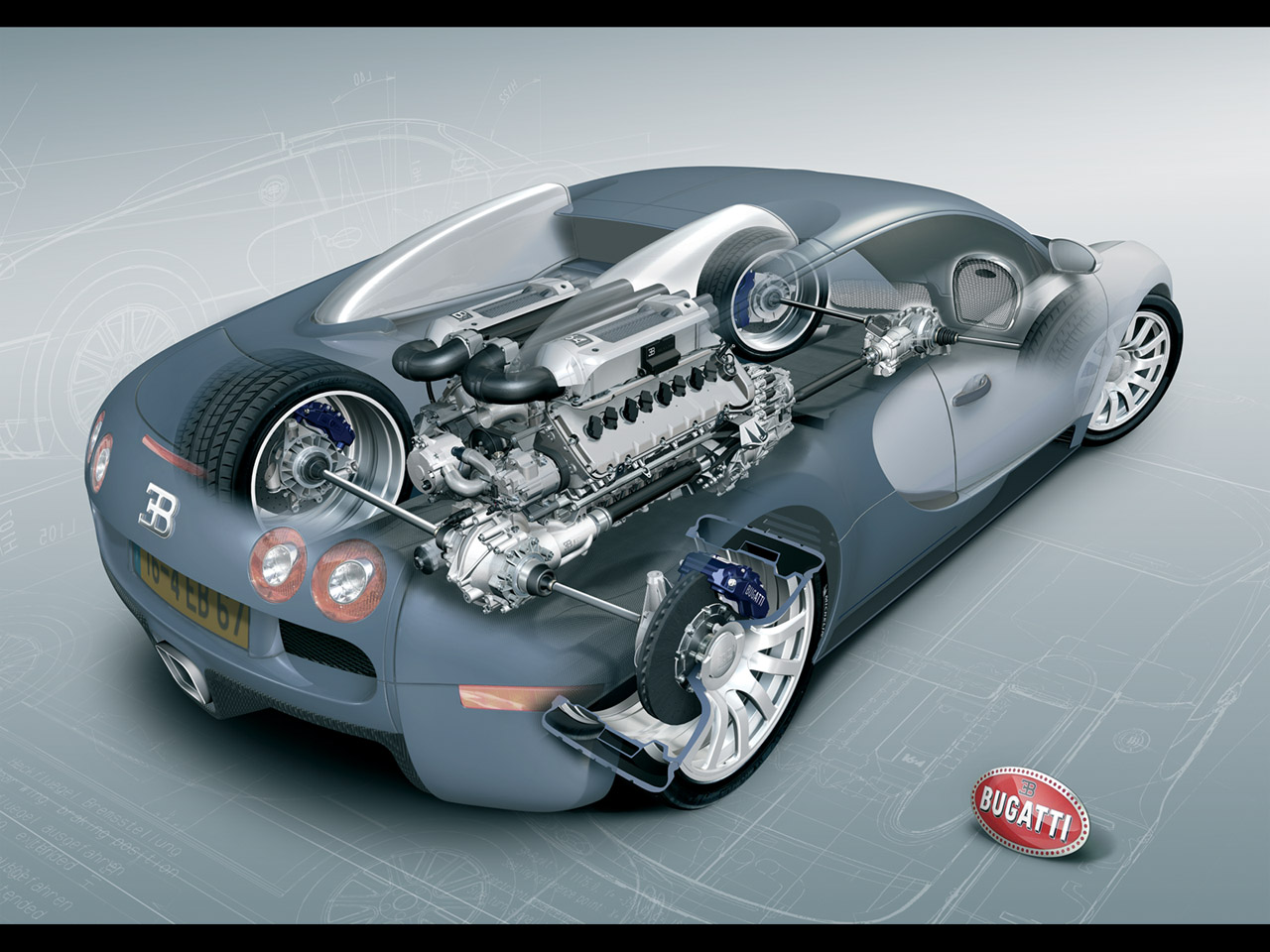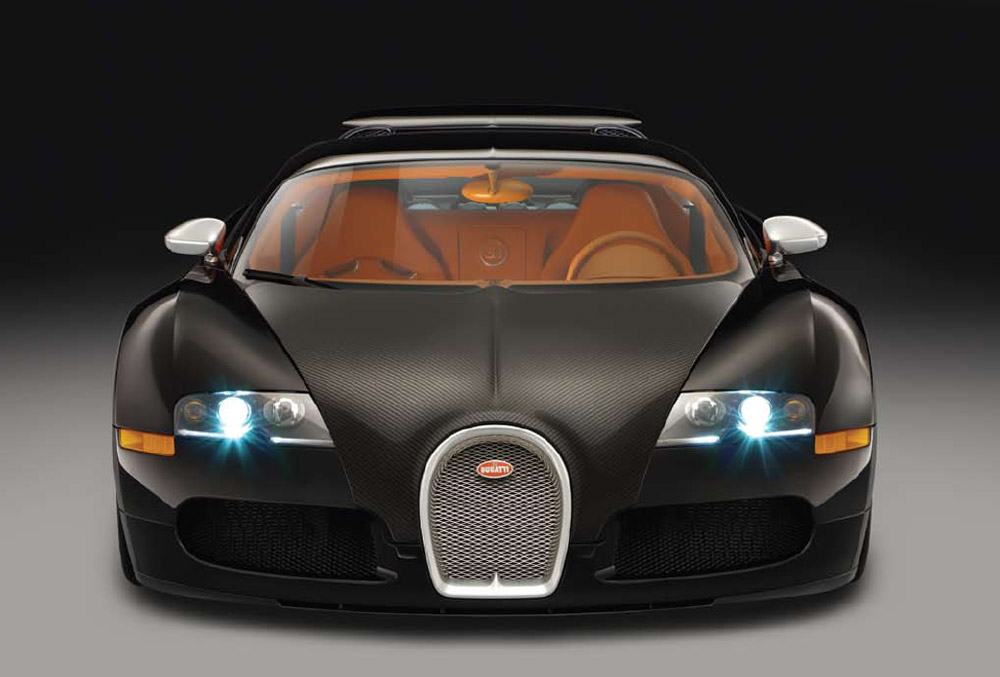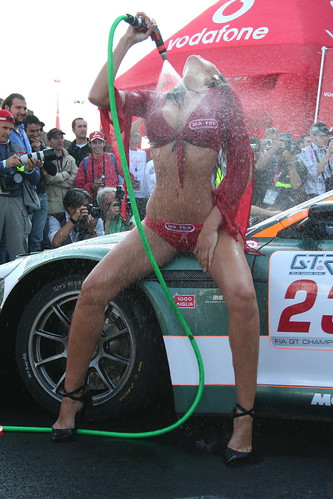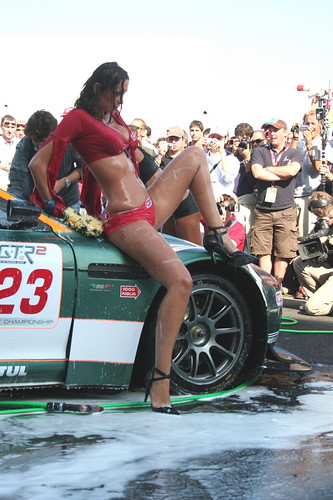Bugatti Veyron

Bugatti Veyron

Bugatti Veyron

Prototypes have been subjected to repeated 1.0 G braking from 312 km/h (194 mph) to 80 km/h (50 mph) without fade. With the car's acceleration from 80 km/h (50 mph) to 312 km/h (194 mph), that test can be performed every 22 seconds. At speeds above 200 km/h (120 mph), the rear wing also acts as an airbrake, snapping to a 55-degree angle in 0.4 seconds once brakes are applied, providing an additional 0.68 G (4.9 m/s²) of deceleration (equivalent to the stopping power of an ordinary hatchback).
Bugatti claims the Veyron will brake from 400 km/h (250 mph) to a standstill in less than 10 seconds, though in this time you will have covered a third of a mile.
Bugatti Veyron

Bugatti Veyron

Bugatti Veyron

Bugatti Veyron

Bugatti Veyron

Bugatti Veyron

Bugatti Veyron

Bugatti Veyron

Bugatti Veyron

All Review videos and more of:• Infiniti• Mitsubishi• Aston Martin• Isuzu• Nissan• Audi• Jaguar • Pontiac• Bentley• Jeep• Porsche• BMW• Kia• Rolls Royce• Buick• Lamborghini• Saab• Cadillac• Land Rover• Saturn• Chevrolet• Lexus• Scion• Chrysler• Lincoln• Smart• Dodge• Lotus• Subaru• Ferrari• Maserati• Suzuki• Ford• Maybach• Tesla• GMC• Mazda• Toyota• Honda• Mercedes-Benz• Volkswagen• HUMMER• Mercury• Volvo• Hyundai• MINI.and MORE....



























No comments:
Post a Comment